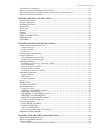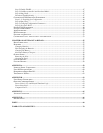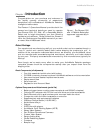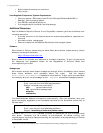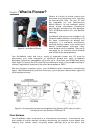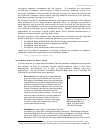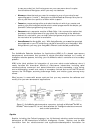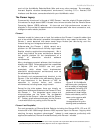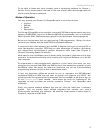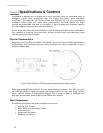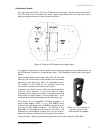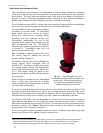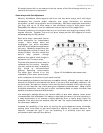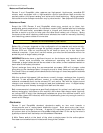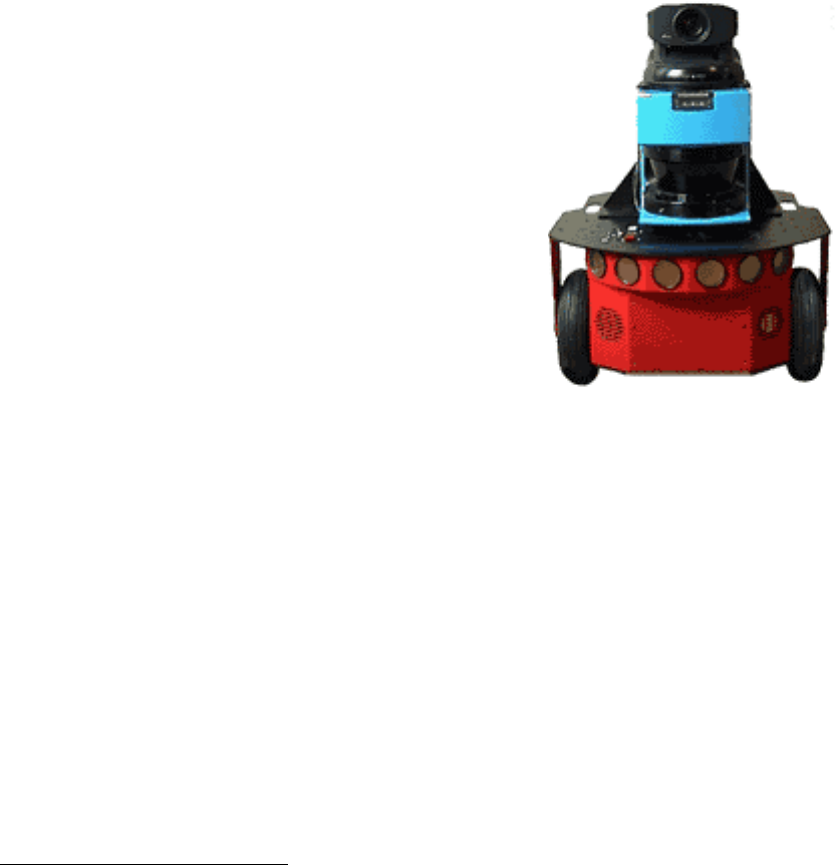
ActivMedia Robotics
much of the ActivMedia Robotics Basic Suite and many other ventures. The complete,
licensed Saphira robotics development environment, including C/C++ libraries, GUI
interface and Simulator, comes bundled with your ActivMedia robot.
The Pioneer Legacy
Commercially introduced in August of 1995, Pioneer 1 was the original Pioneer platform.
It introduced a single-board 68HC11-based robot microcontroller and the Pioneer Server
Operating System (PSOS) software. It’s low-cost and high-performance caused an
explosion in the number of researchers and developers who now have access to a real,
intelligent mobile robotic platform.
Pioneer 1
Intended mostly for indoor use on hard, flat surfaces, the Pioneer 1 has solid rubber tires
and a two-wheel differential, reversible drive system with a rear caster for balance. The
Pioneer 1 came standard with seven sonar range finders (two side-facing and five
forward-facing) and integrated wheel encoders.
Figure 6. All ActivMedia
robots may be configured
with a variety of integrated
accessories, including (DX
shown here) a very high-
performance laser range-
finder and robotic pan-tilt-
zoom color camera with
onboard PC and
framegrabber for color-
tracking and surveillance.
Software-wise, the Pioneer 1 initially served as a
platform for SRI International's AI/fuzzy logic-based
Saphira robotics applications development. But it
wasn't long before it's open architecture became
the popular platform for the development of a
variety of alternative robotics software
environments.
Many developers created software that interfaced
directly with PSOS. Others extended the capabilities
of Saphira (PAI and P-LOGO are two good
examples), while others have implemented
alternative robotics-control architectures, such as
the subsumption-like Ayllu.
Functionally and programmatically identical to the
Pioneer 1, the four-wheel drive, skid-steering Pioneer
AT was introduced in the Summer of 1997 for
operation in uneven indoor and outdoor
environments, including loose, rough terrain.
Except for the drive system, there are virtually no
operational differences between the Pioneer AT and
the Pioneer 1: The integrated sonar arrays and
microcontrollers are the same. The accessories
available for the Pioneer 1 also work with the Pioneer
AT. Further, applications developed for the Pioneer
1 work with little or no porting to the Pioneer 2s.
Pioneer 2 and PeopleBot
The next generation of Pioneer Mobile Robots—including the Pioneer 2-DX, -CE, and -AT,
introduced in Fall 1998 through Summer 1999, improved upon the Pioneer 1 legacy while
retaining its many important advantages.
3
Indeed in most respects, particularly with
applications software, Pioneer 2 works identically with Pioneer 1 models.
7
3
Price/performance ratio included! The much more capable and expandable Pioneer 2 was introduced four
years later for just a few hundred dollars (US) more than the original Pioneer 1.



